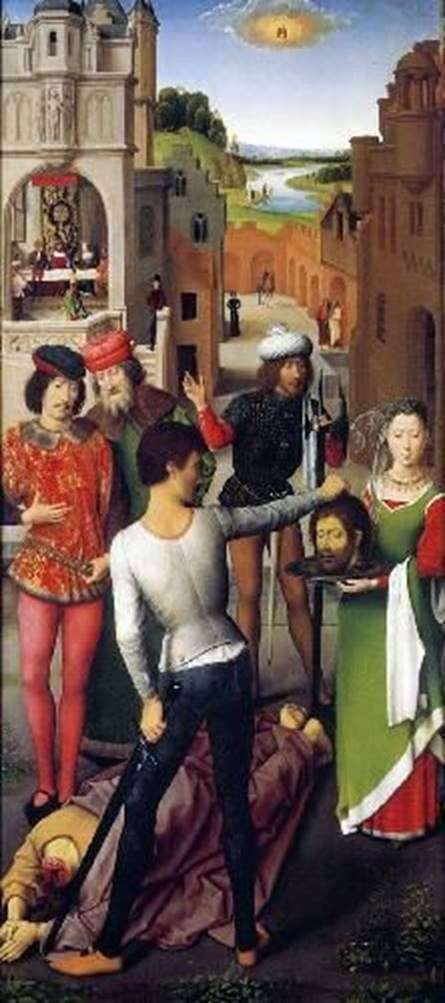
On the left casement is the Beheading of the Head of St. John the Baptist and the seductive Salome. In general, the composition of the triptych is impeccable from a narrative point of view: the different parts of the work are interconnected both thematically and spatially, which has not yet become typical of the painting of that time. And the choice of the theme of the Apocalypse is a unique phenomenon in the history of fine art.
Never before has an artist attempted to illustrate the entire book of Revelation in one work, without dividing it into separate sectors. This is a stunningly detailed image, diminishing in accordance with the laws of perspective. It does not “fall” on the viewer; probably therefore few artists tried to imitate him.
In order to fully feel the impact of the picture, the viewer must “step inside” and mentally reduce himself on each plane; only then will the cataclysms depicted in a small space take on their true universal scale. This vision is worth a closer look.
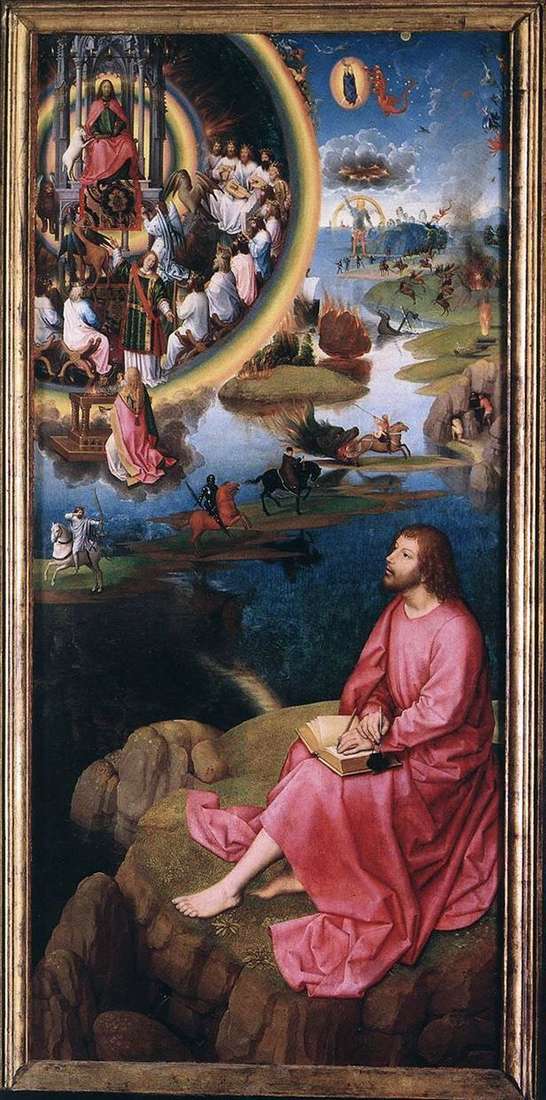 The altar of the two john. Right wing by Hans Memling
The altar of the two john. Right wing by Hans Memling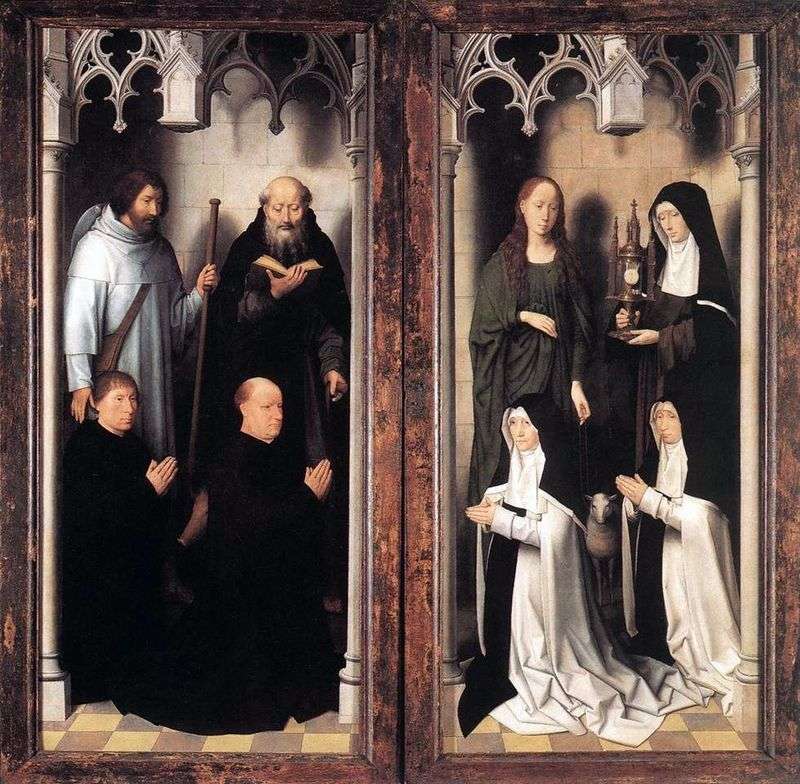 The altar of the two john. External doors by Hans Memling
The altar of the two john. External doors by Hans Memling Altar of St. John the Baptist by Rogier van der Weyden
Altar of St. John the Baptist by Rogier van der Weyden St. John the Baptist and St. Mary Magdalene. Triptych Side Sash by Hans Memling
St. John the Baptist and St. Mary Magdalene. Triptych Side Sash by Hans Memling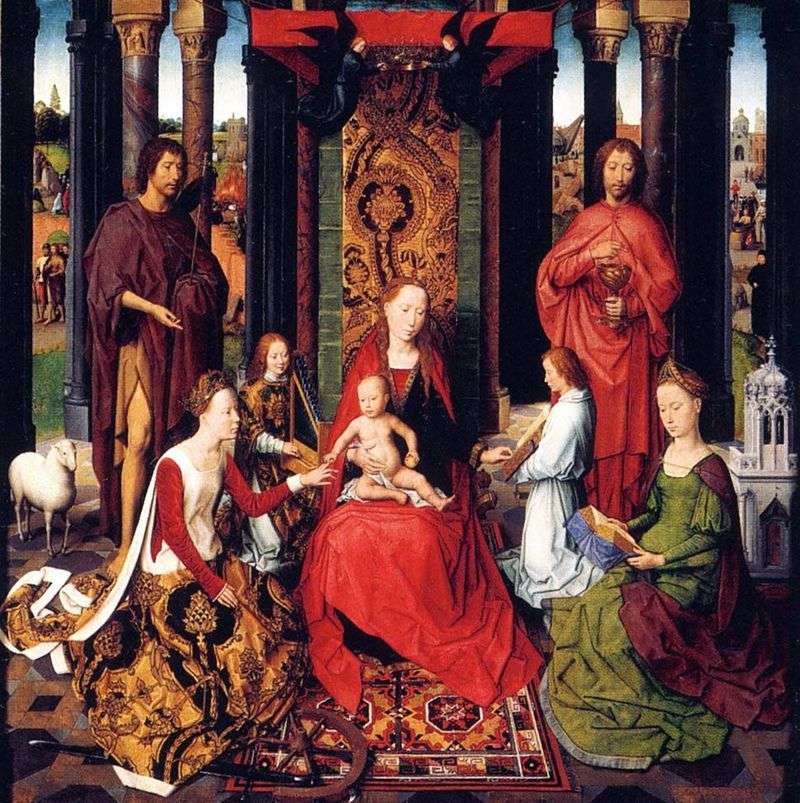 Altar of the Two Johannes by Hans Memling
Altar of the Two Johannes by Hans Memling Salome with the head of John the Baptist by Michelangelo Merizi da Caravaggio
Salome with the head of John the Baptist by Michelangelo Merizi da Caravaggio Diptych. Martin van Nyuvenhof. The right half is Hans Memling
Diptych. Martin van Nyuvenhof. The right half is Hans Memling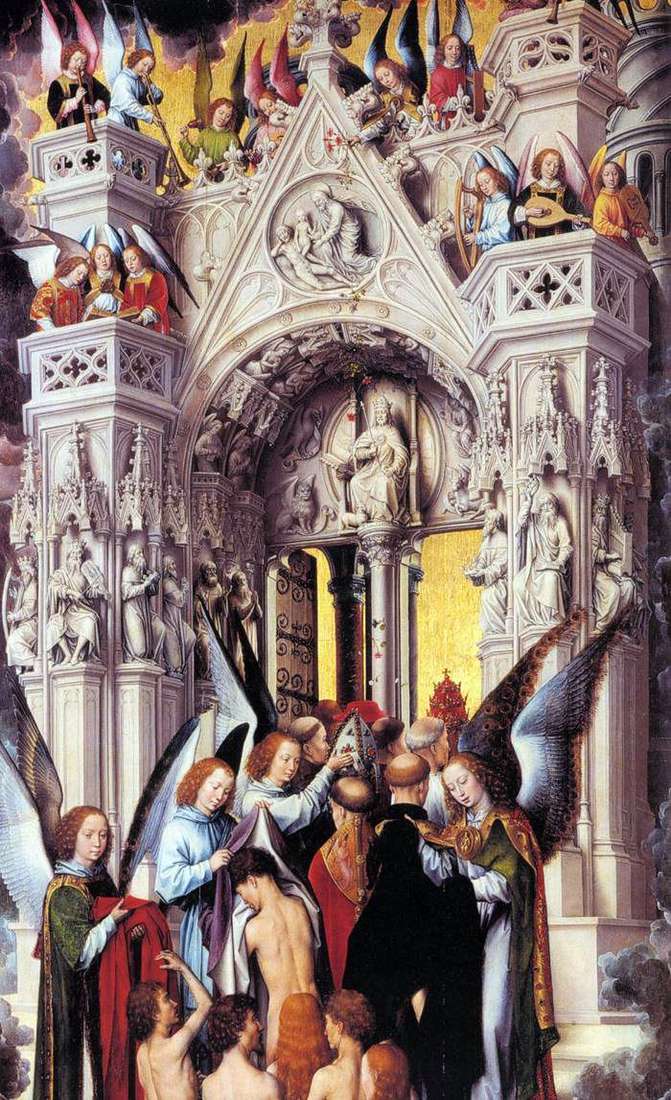 Last Judgment. Left wing by Hans Memling
Last Judgment. Left wing by Hans Memling